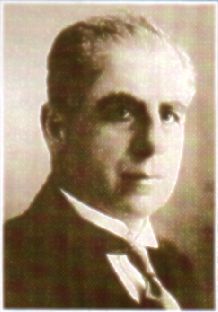

CARLO DIACONO
1stApril 1876 --- 15thJune 1942
Donated © From someone who wishes to remain anon.
Last Updated on 2017
By Steven Ritchie
And now for the Music

(2571)"Marcia in Sib maggiore". Sequenced by David.

If you done any Classical pieces of say for example, Delius, mozart, and so on etc,
please email them to the classical music site with details to
"classical (@) ntlworld.com" written this way to stop spammers
just remove spaces and brackets for email address, thank you.

Visitors to this page --

Back to Classical Midi Main Menu click "HERE"